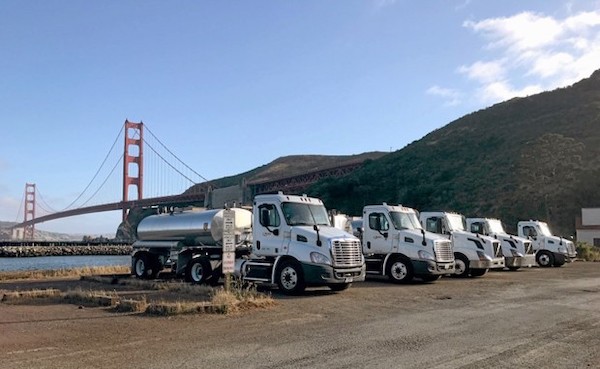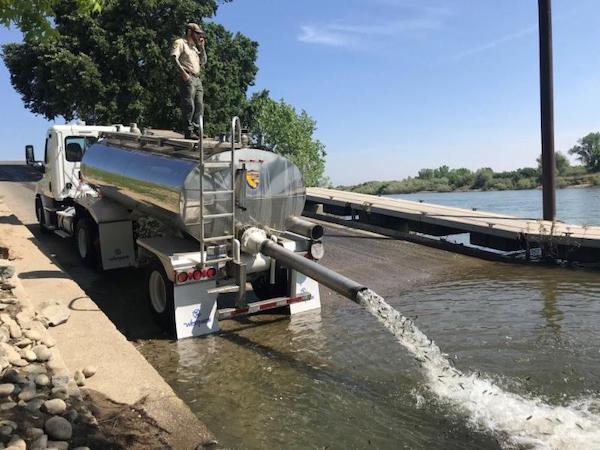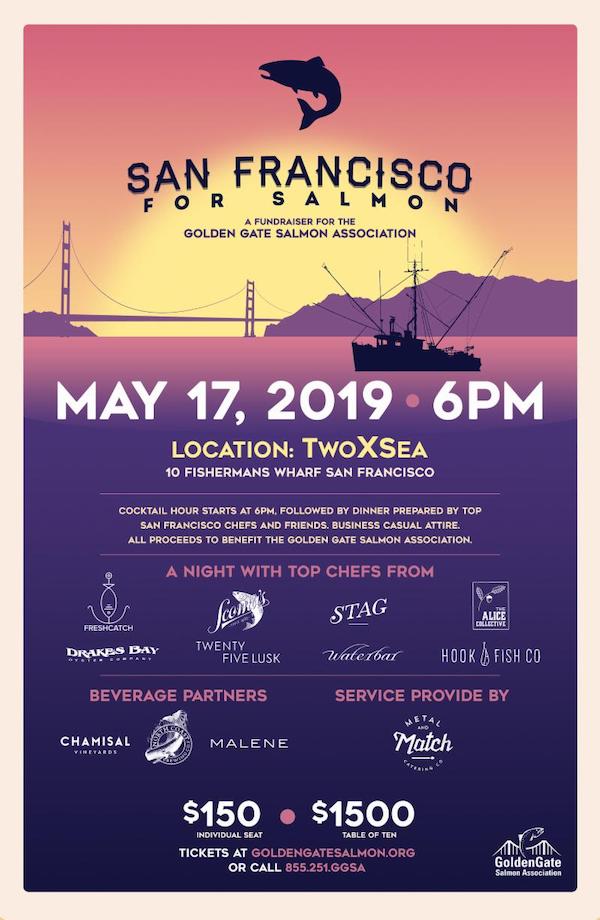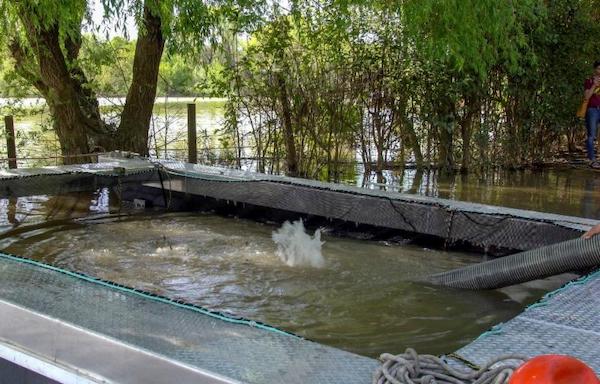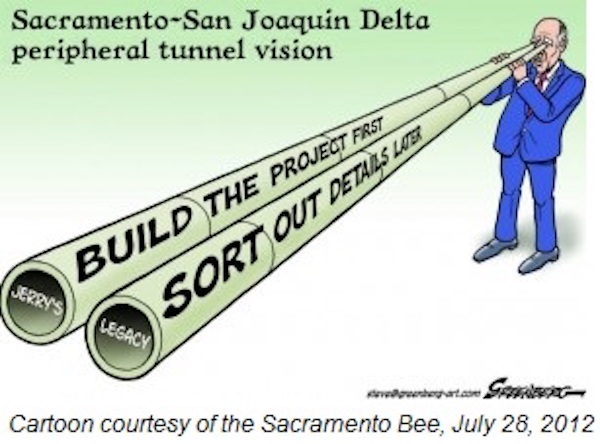From Sportfishing
Fish Report for 5-12-2019

May 2019 GGSA Updates
5-12-2019
GGSA Staff
Golden Gate changing to Golden State
We recently decided to change the name of the organization to the Golden State Salmon Association. The change comes as a way to signal our interest in restoring Central Valley salmon runs throughout their entire habitat stretching all the way up the Sacramento Valley to Keswick Dam and all the way down the San Joaquin River. Our interest lies in all the salmon-bearing tributaries along the way. Some mistakenly assumed we only cared for and worked on salmon issues of concern in and around the SF Bay Area. Not so. Stay tuned for more to come.
GGSA Celebrates Major Victory over Delta Tunnels Project
Salmon fishing advocates, led by the Golden Gate Salmon Association, recently celebrated a victory over the twin Delta tunnels after the federal government formally withdrew a permit contested in a court challenge brought by the fishing group. The lawsuit filed by fishing and conservation groups in June of 2017 challenged permission granted by the National Marine Fisheries Service that allowed construction and operation of the massive twin Delta tunnels project despite expert findings the tunnels would devastate fisheries and water quality of the San Francisco Bay-Delta.
In the lawsuit, GGSA v. Ross, GGSA argued the tunnels would significantly harm salmon and that decades of increasingly unsustainable water diversions have brought several of the Central Valley's migratory and resident fish to the brink of extinction. The proposed tunnels project would have increased these diversions, something we weren't about to sit idly by and allow to happen.
Pilot project launched to boost survival of Coleman hatchery fish
A funny thing happened while we were trying to boost hatchery fish survival. Mother Nature intervened, dumped a ton of rain, and forced flood control releases from Lake Shasta. This extra water re-created semi-natural conditions in the Sacramento River for a brief period which successfully flushed a control group of Coleman hatchery salmon, released at the hatchery, downstream quickly and in highly turbid conditions. Early data suggests these fish ended up arriving in the Delta with similar, very high survival rates, to an experimental second group released 75 miles downstream of the hatchery near Scotty's Landing. The experiment is meant to see if we can boost survival of Coleman fish by trucking them part way downstream. Had this been a low water year, the experimental, down river group, would be expected to survive at a considerably higher rate. More data is yet to be gathered to compare the survival of the two groups, stay tuned.
Salmon need water too
Too bad California isn't a wet state like Washington, Oregon or Alaska. If we had more regular rainfall we'd have plentiful salmon stocks. But that's not our lot in life and GGSA is in the trenches to keep a years-long effort to retain enough water for salmon from going off the rails.
Specifically, the Jerry Brown administration orchestrated some water deals in the waning months in office that basically promised to more or less freeze in place the current water allocation system in parts of the Central Valley. To no surprise, salmon came in last with the heavy threat of annihilation the next time a prolonged drought hits. But the Brown deals aren't yet locked in place and GGSA holds they can be amended so that more water for salmon is made available.
Negotiators for Governor Newsom are asking for time to first run the numbers and see if "new" water and habitat comply with state regs requiring a better balance for the environment and salmon. Some are guessing that the water and habitat numbers won't pan out, at which point the state will have to decide if they'll accept the deal or seek a more balanced compromise that would address the needs of salmon and the environment.
It should be noted that of the 105,000 adult salmon that returned to the Sacramento Valley to spawn lasts year, over 70,000 chose to spawn in the wild. This means their offspring rely on spring runoff to make it to the ocean, unlike many of their hatchery-born cousins who can get a ride in a tanker truck. Currently spring runoff is in short supply in many years, something these negotiations need to address.
GGSA asks for water release to aid hatchery fish
When CDFW announced the release of a million Feather River hatchery fall run into the Feather River scheduled for May 8, fishing guides pointed out that river had filled with striped bass. The baby salmon would somehow have to survive a downstream migration past a lot of very hungry, highly predatory bass. GGSA contacted the highest levels of state government to bring the situation to their attention. We sent a letter asking for the state Dept. of Water Resources to consider timing a big water release from Lake Oroville to push the baby salmon safely past the stripers. Water users conceded that Oroville would almost certainly have to release some water in the coming weeks to make room for an expected deluge of snowmelt from the high Sierras as the season warms. We pointed out that even if a flood control release couldn't be timed with the hatchery release, daily releases from the lake could be stopped for several days to "save up" an extra cushion of water that could then be released at once to help the salmon. Unfortunately the hatchery release proceeded unaided by extra releases from the dam. The Dept of Water Resources was in a position to aid salmon at little or no cost to them but turned a blind eye. . A possible silver lining; flows from the Yuba River combined with Feather River flows provided better than average conditions to get these fish safely downstream.
Ft. Baker releases swell to almost two million
Since 2016 CDFW has been releasing about a million hatchery baby salmon near the north tower of the Golden Gate Bridge at Sausalito's Ft. Baker. Early indications are showing these fish are surviving at much higher levels than their cousins released further inland. Armed with this information GGSA and allies asked CDFW to consider increasing the number of hatchery salmon released here. Fish released at other sites in the Bay and Delta would be moved to Ft. Baker. We broached the topic with the head of CDFW and followed up with a well-documented letter spelling out our request and providing the supporting data that proved the benefit. To our pleasant surprise, CDFW agreed. Releases at Ft. Baker this year will increase from one million to just under two million. The increased survival of these fish is two to four times greater than hatchery fish released at the Mare Island, Vallejo site. This means we'll have a lot more salmon in the ocean in 2021 to catch as a result.
SF dinner draws near
There are still tickets and it's not too late to get one to the May 17 SF Fundraising dinner. If you've not been, and if you like seafood, this is a good dinner to get in on. Unlike our other fundraisers, six or seven chefs from San Francisco's best restaurants come and prepare a seafood dish, typically that can be easily eaten in "bites". We do a Cinderella number on a seafood house down on the wharf, transforming it for the night from concrete fish washdown and stainless fillet tables to a fine dining look alike. You get a look at a side of the wharf, where fish actually come off boats, that most never see. Check out Tickets HERE.
The Golden Gate Salmon Association is a coalition of salmon advocates that includes commercial and recreational salmon fisherman, businesses, restaurants, a native tribe, environmentalists, elected officials, families and communities that rely on salmon.
GGSA’s mission is to restore California salmon for their economic, recreational, commercial, environmental, cultural and health values.
Currently, California’s salmon industry is valued at $1.4 billion in economic activity annually in a regular season and about half that much in economic activity and jobs again in Oregon. The industry employs tens of thousands of people from Santa Barbara to northern Oregon. This is a huge economic bloc made up of commercial fishermen, recreational fishermen (fresh and salt water), fish processors, marinas, coastal communities, equipment manufacturers, the hotel and food industry, tribes, and the salmon fishing industry at large.
Photos
< Previous Report Next Report >
More Reports
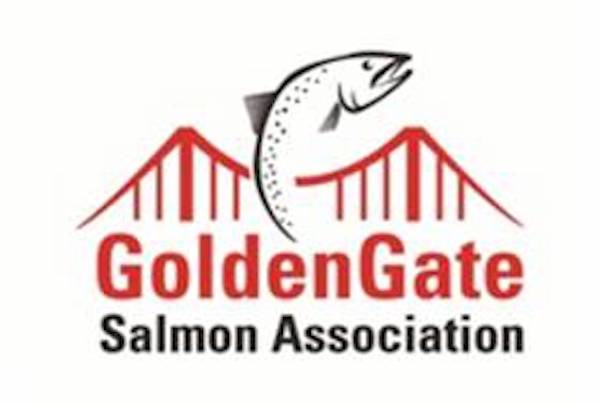
4-2-2019
“Recently, to keep communities safe from floods, Central Valley dam operators are opening the dams and making big water releases...... Read More
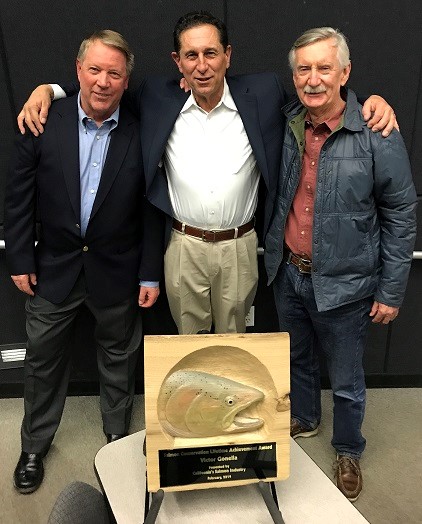
3-7-2019
GGSA Founder Victor Gonella receives, state, federal and fishing industry awards On February 16, friends, associates, fellow fishermen, and dignitaries gathered...... Read More

Website Hosting and Design provided by TECK.net
